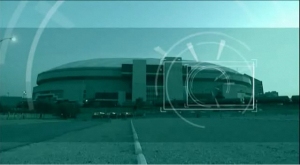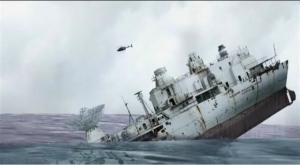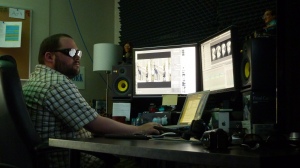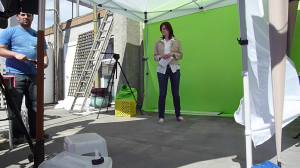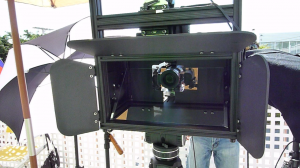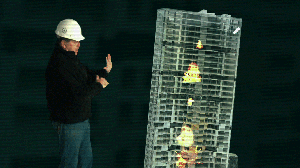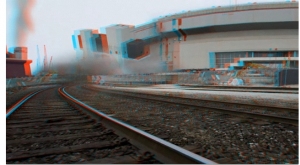Compositing a 3D documentary: How to maximize stereoscopic effects
Now that our first 3D documentary is almost completed, compositor Jakub Kuczynski has time to give the lowdown on some of the challenges he faced editing Blowdown.
Challenge 1: Double-rendering
Because 3D is filmed in stereo pairs rendering for each eye is required. For a compositor with tight deadlines this process can be a painful one.
Challenge 2: Editing in anaglyph
3D compositing in anaglyph can be deceiving because it crushes depth perception.
The tendency is to compensate for this by creating more depth, but sometimes you can overshoot the mark – a discrepancy that becomes obvious when you view the footage on polarized monitors.
An extra step is then needed to make sure sure stereo pairs are aligning perfectly which, of course, means more time and inevitably more stress.
Challenge 3: Finding the happy balance between formats
Until that fine day when everyone is experiencing our documentaries in full stereoscopic glory it’s important to make sure shots work just as well in 2D as they would in 3D. That in itself is an art.
Here’s an example of one of Jakub’s most technically challenging shots – a 3D within 3D effect composited for Blowdown’s episode on the implosion of the Fonte Nova Stadium in Brazil:
And here’s how he brought it all to life:
But, of course, mastering challenges like these come with the rewards of creating 3D VFX everyone can get a kick out of.
–Ian Herring, President

